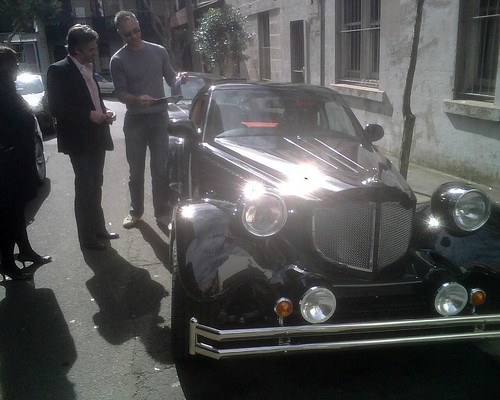 Years ago, when I first started blogging, I was always astounded by the links that would be shared on the blogs that I read. It meant that surfing from blog to blog was a random feast of ideas – that you never knew where an idea, a stream of thought or the next piece of underlined text would take you. Participating felt like an act of grace.
Years ago, when I first started blogging, I was always astounded by the links that would be shared on the blogs that I read. It meant that surfing from blog to blog was a random feast of ideas – that you never knew where an idea, a stream of thought or the next piece of underlined text would take you. Participating felt like an act of grace.
Some would share their media habits. Others would provoke us with critical thinking and dramatic insights. But no matter where you ended up, it always felt like an easy, fluid ride. One of the joys, despite apparent contradictions, was the capacity to move quickly beyond first impressions.
Each Sunday evening I would follow the hypertext wherever it may lead. There were no straight lines – and if there were, I would always prefer a more cavalier approach. But no matter whether I was connecting dots, shifting perceptions or simply chasing conversation, I knew I was always in for a surprise.
But recently, it seems that enthusiasm for link love has dissipated. My feed reader discourages both links and comments. And I feel the poorer for it. (It’s why I am excited by Feedly. Perhaps it will bring the link love back!)

